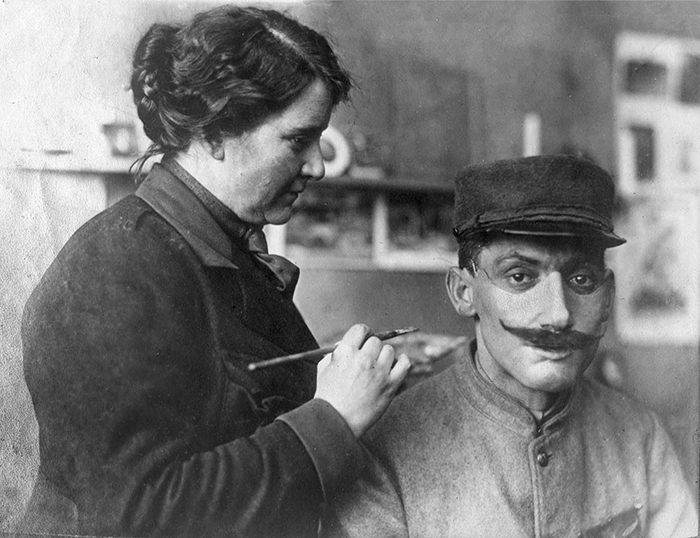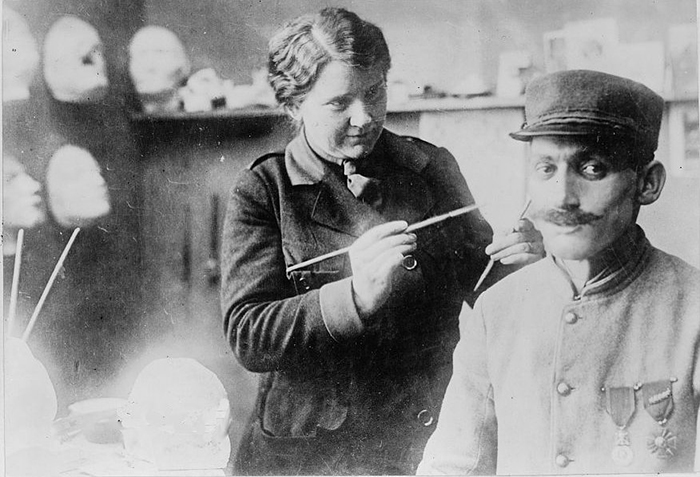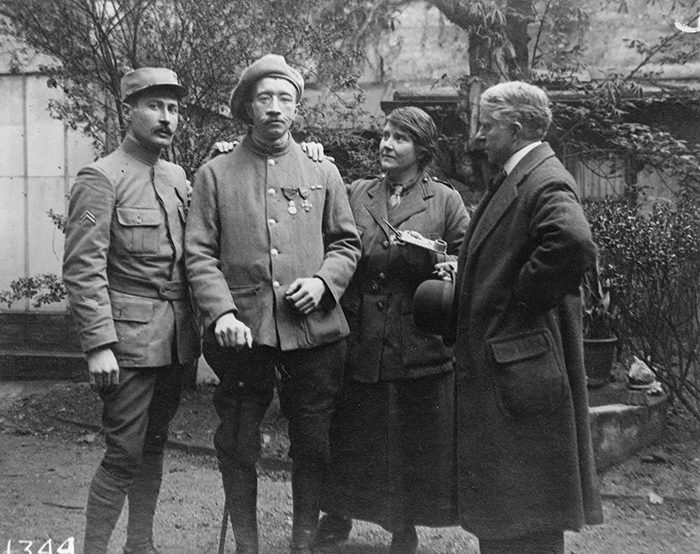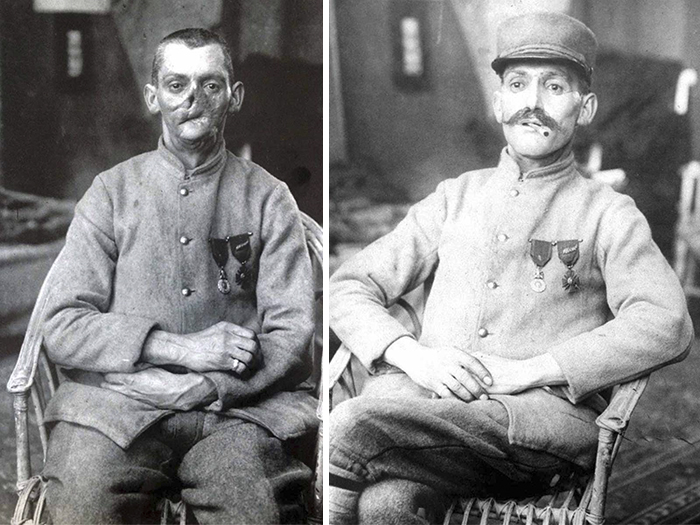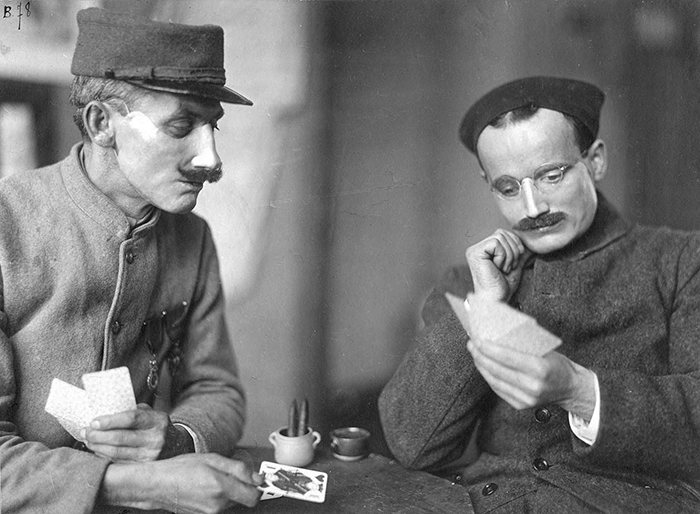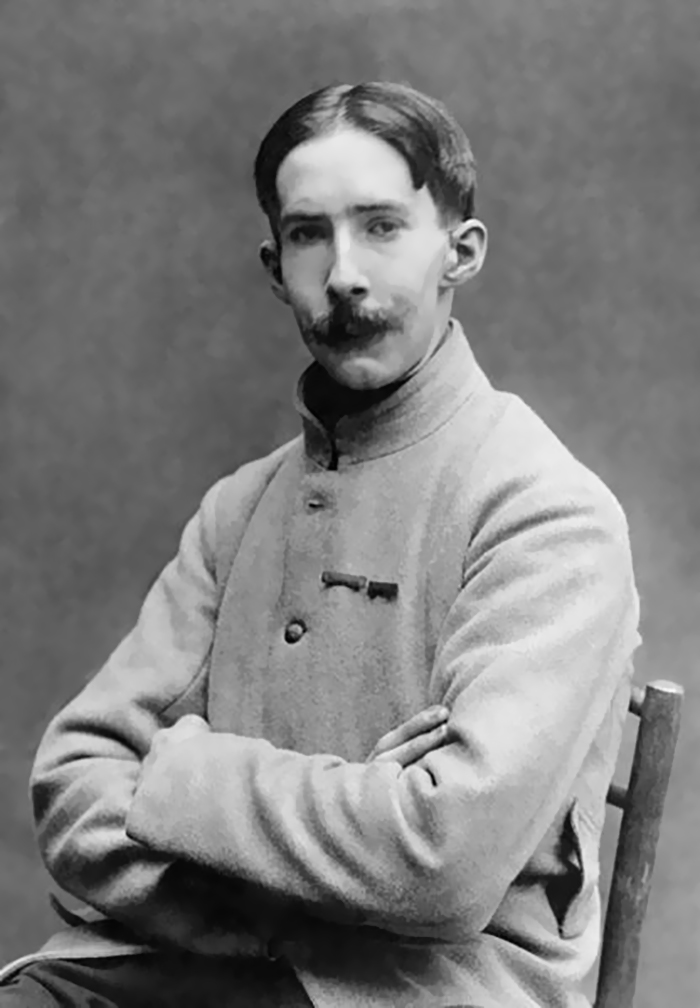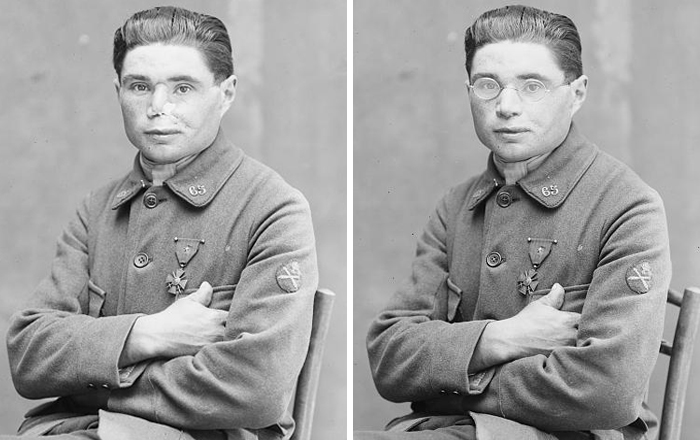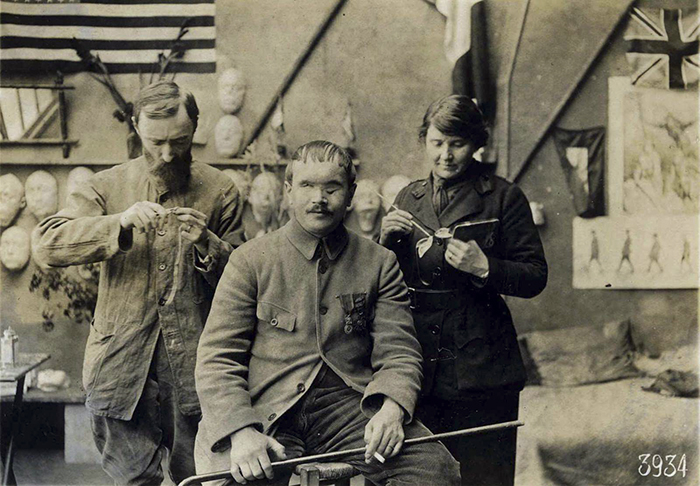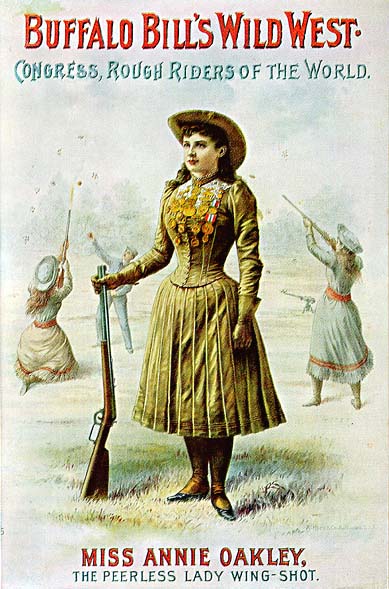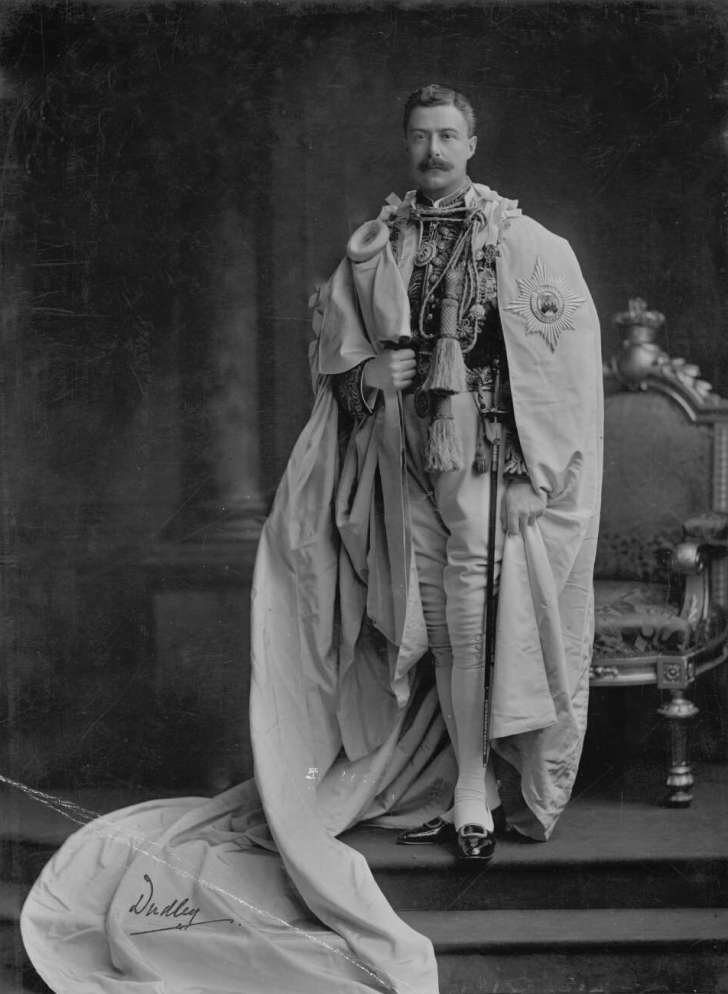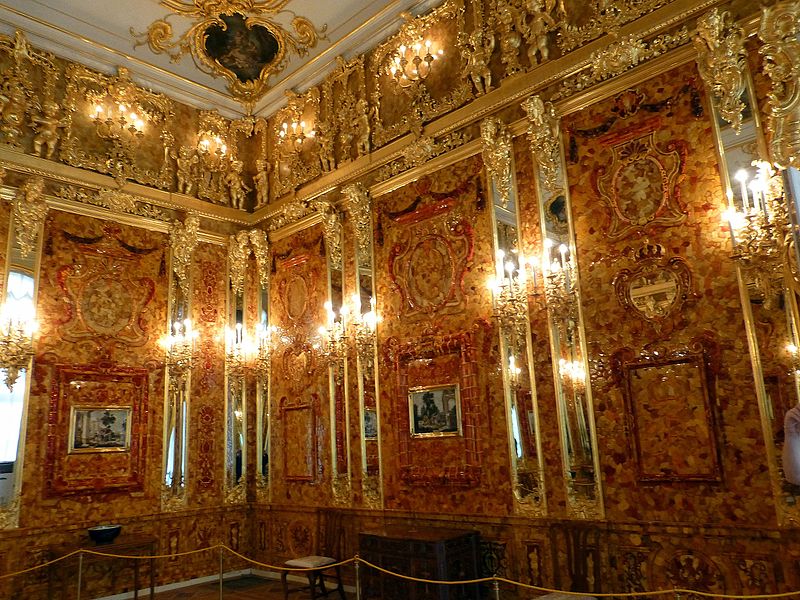Someone call Indiana Jones because this is not a drill: many historical relics are missing and historians and archaeologists fear they may be gone forever.
Take a look at these dazzling historical treasures that, as of today, are still nowhere to be found.
1. Crown jewels of Ireland
The Crown Jewels of Ireland have been missing since July 1907 when the regalia was in Dublin. The jewels belonged to the Grand Master of the Order of St. Patrick. The thief (or thieves) also stole five collars of the Knight Members of the Order.
An intense investigation was launched but never turned up anything. Over 100 years later, the jewels remain missing.
2. Sappho’s Poems
Greek poet Sappho lived roughly 2,500 years ago and was thought to have produced 9 volumes of writing. But so far, only a couple of full poems and a few hundred lines of various other writings have been discovered.
Even though Sappho’s writings are so old doesn’t mean they are gone forever. In 2014, an excavation of a trash dump in Egypt turned up two works of Sappho’s writing. Let’s hope more will be uncovered as years go by.
3. Fabergé Eggs
Another Russian mystery that continues to confound historians and researchers. Before the Russian Revolution in 1917, the House of Fabergé was the largest jeweler in Russia. The company employed 500 designers and craftsmen to make elaborate works of art out of everything imaginable.
The company made a set of jewel-covered Easter eggs for Czars Alexander III and Nicholas II (known as the Imperial Eggs), who gave the eggs to their wives and mothers. Each egg contained a surprise inside such as a wind-up train or a singing bird and the shells were extremely elaborate. After the imperial family was overthrown and executed during the revolution, the Soviets took the eggs.
Stalin later sold off the eggs, and 7 of the 50 Imperial Eggs are still missing today. But keep your eyes open. In 2012 an American man bought an egg that he was going to use for its gold for $14,000. He found out he had purchased one of the Imperial eggs worth $30 million.
4. The Amber Room
This is truly a captivating mystery. The Amber Room near St. Petersburg, Russia was gifted to the nation in 1716 and was decorated with jewels, amber, and gilding. The room was part of the Catherine Palace in a town called Tsarskoye Selo.
When the Nazis inched closer to St. Petersburg during World War II, the curators at the Catherine Palace knew they had to attempt to save the Amber Room. They hid the room behind wallpaper, but the Germans found the riches anyway. The Amber Room was broken into pieces, shipped to Germany and installed in the Königsberg castle museum.
After that, the fate of the Amber Room is unknown. Some believe it was destroyed during the war, while others think the extravagant room is still hidden somewhere. Pieces of the room turned up in Germany in 1997, but the whereabouts of the rest of the chamber remains a mystery. The Amber Room was recreated in 2003 near St. Petersburg and visitors are allowed to visit the room.
5. The Isabella Stewart Gardner Museum Heist
The biggest unsolved art heist in the world took place on March 18, 1990, at the Isabella Stewart Gardner Museum in Boston. Two men claiming to be police officers were buzzed into the museum. The men then tied up security guards and made off with 13 works of art worth $500 million.
There is currently a $10 million reward for the recovery of the pieces, which include works by Vermeer, Rembrandt, Degas, and Manet.
The post These 5 Historical Treasures May Have Disappeared Forever appeared first on UberFacts.
